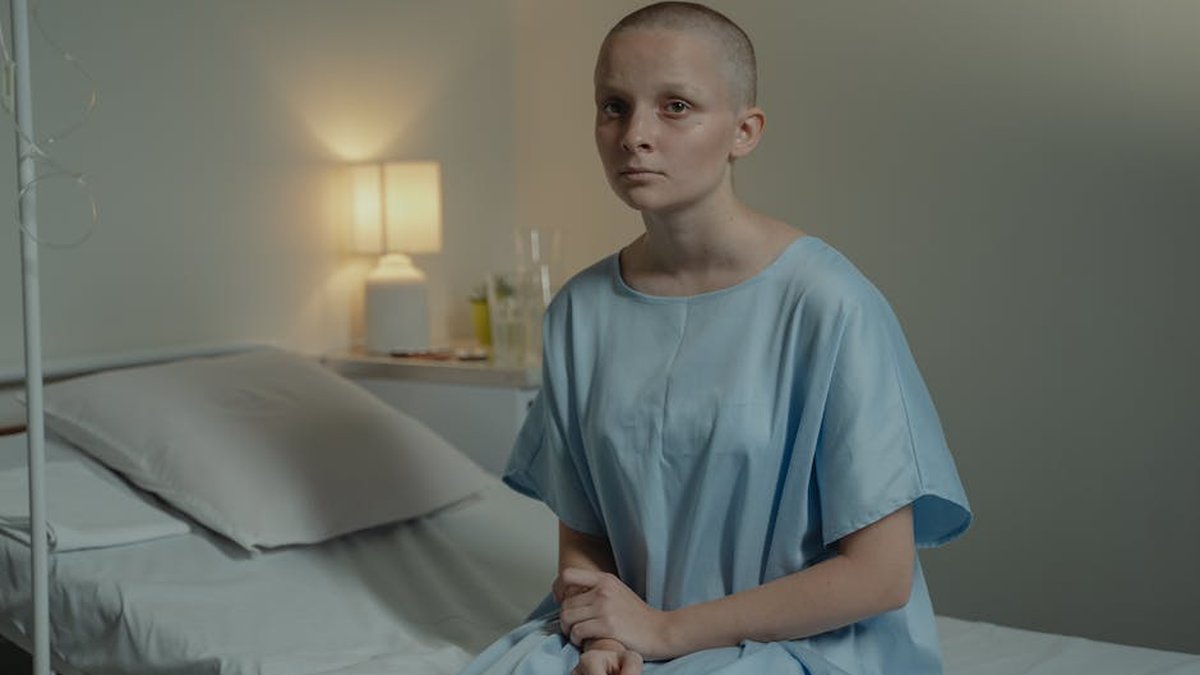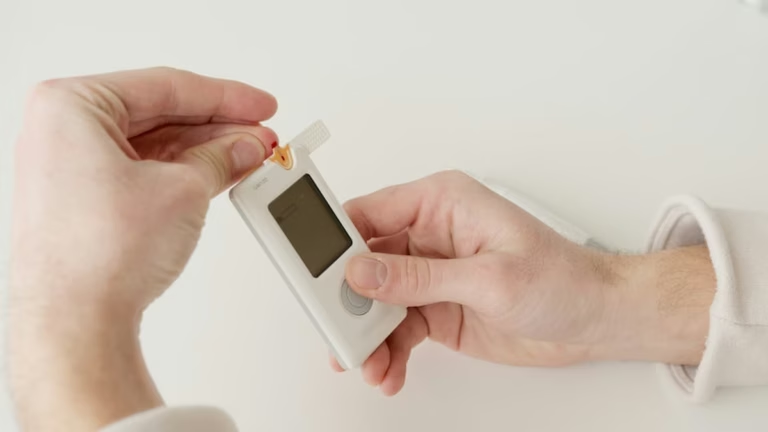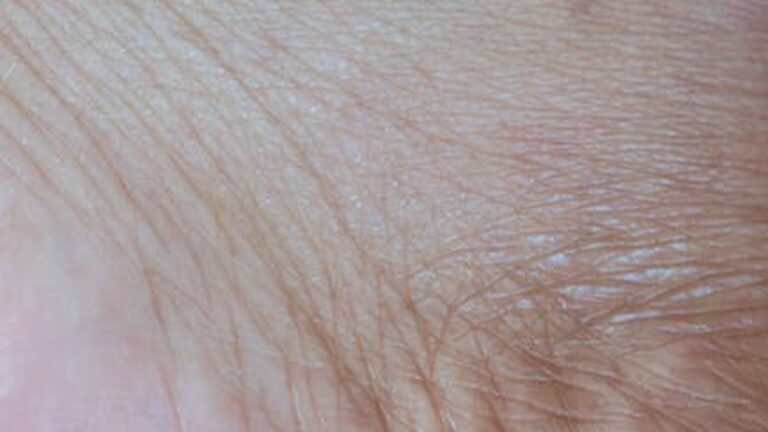Combating Seasonal Affective Disorder (SAD): Light Therapy and Mood-Boosting Activities
Understanding Seasonal Affective Disorder (SAD)
As the days grow shorter and the nights grow longer, many people experience more than just a longing for summer. They may be struggling with Seasonal Affective Disorder, or SAD. SAD is a type of depression that’s related to changes in seasons, typically starting in the fall and continuing into the winter months. Understanding SAD is the first step to effectively managing its symptoms.
What are the Symptoms of SAD?
SAD symptoms can vary from person to person but often include:
- Persistent sadness or low mood
- Loss of interest or pleasure in activities you once enjoyed
- Changes in appetite or weight, often craving carbohydrates
- Sleep problems, such as oversleeping or difficulty sleeping
- Fatigue and low energy
- Difficulty concentrating
- Feelings of hopelessness, worthlessness, or guilt
- Irritability
If you suspect you have SAD, it’s essential to consult with a healthcare professional for an accurate diagnosis and personalized treatment plan.
The Power of Light Therapy
Light therapy, also known as phototherapy, is a cornerstone treatment for SAD. It involves sitting near a special light box that emits a bright light mimicking natural outdoor light. This light helps regulate your body’s internal clock (circadian rhythm), which can be disrupted during the darker months. It’s believed that light therapy influences brain chemicals linked to mood.
How to Use a Light Therapy Box Effectively
For light therapy to be effective, it’s crucial to use it correctly:
- Choose the right light box: Look for a light box that emits 10,000 lux and filters out harmful UV rays.
- Timing is key: Most experts recommend using the light box first thing in the morning for about 20-30 minutes.
- Positioning matters: Place the light box about 16-24 inches away from your face, at a slight angle. You don’t need to stare directly at the light; you can read, eat breakfast, or work while using it.
- Consistency is crucial: Use the light box every day, even on sunny days, to maintain its effectiveness.
- Consult your doctor: Talk to your doctor before starting light therapy, especially if you have any eye conditions or are taking medications that increase your sensitivity to light.
It’s important to note that light therapy is not a substitute for professional medical advice. Always consult with your doctor to determine the best course of treatment for your specific situation.
Mood-Boosting Activities to Combat SAD
In addition to light therapy, incorporating mood-boosting activities into your daily routine can significantly improve your well-being during the winter months.
Exercise and Physical Activity
Regular exercise is a powerful mood booster. Even moderate physical activity, such as a brisk walk, can release endorphins, which have mood-elevating effects. Aim for at least 30 minutes of moderate-intensity exercise most days of the week. Consider indoor activities like swimming, yoga, or dancing if the weather is unfavorable. For example, try joining a Zumba class or simply walking on a treadmill while watching your favorite show.
Healthy Diet and Nutrition
What you eat can significantly impact your mood. Focus on a balanced diet rich in fruits, vegetables, whole grains, and lean protein. Avoid processed foods, sugary drinks, and excessive caffeine or alcohol, as these can worsen SAD symptoms. Consider taking a vitamin D supplement, as many people are deficient during the winter months. A healthy meal like salmon with roasted vegetables can be both nutritious and satisfying.
Social Connection and Support
Isolation can exacerbate SAD symptoms. Make an effort to connect with friends and family regularly, even if you don’t feel like it. Schedule regular phone calls, video chats, or in-person visits. Join a club or group that aligns with your interests. Volunteering can also provide a sense of purpose and connection. For instance, invite a friend for coffee or join a book club.
Mindfulness and Relaxation Techniques
Practicing mindfulness and relaxation techniques can help reduce stress and improve your overall mood. Try meditation, deep breathing exercises, yoga, or progressive muscle relaxation. Even a few minutes of daily practice can make a difference. Apps like Headspace or Calm can provide guided meditations.
Creative Expression and Hobbies
Engaging in creative activities and hobbies can provide a sense of joy and accomplishment. Consider painting, drawing, writing, playing a musical instrument, or knitting. These activities can help you focus on the present moment and distract you from negative thoughts. Perhaps start a journal or try learning a new craft.
Conclusion
Seasonal Affective Disorder can be challenging, but it’s manageable. By understanding SAD, utilizing light therapy effectively, and incorporating mood-boosting activities into your daily life, you can navigate the winter months with greater ease and maintain a positive outlook. Remember to consult with your healthcare provider for personalized guidance and support. Don’t let the winter blues get you down – take proactive steps to prioritize your mental and emotional well-being!






